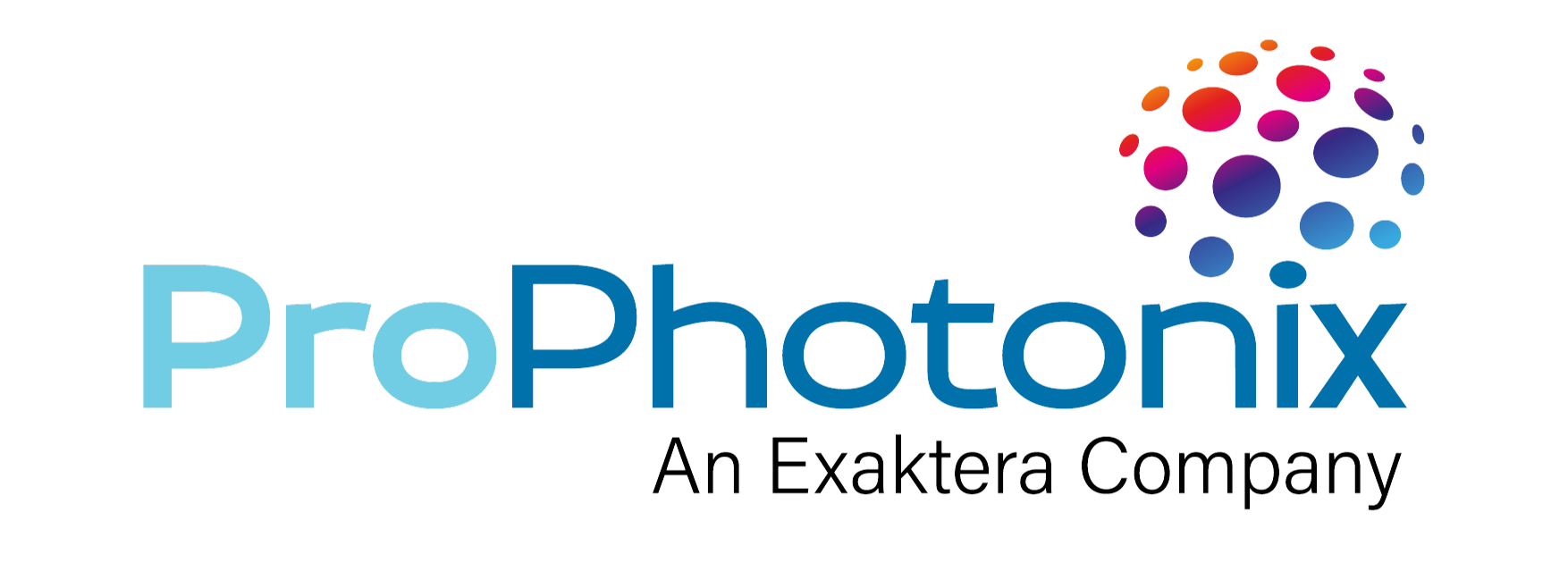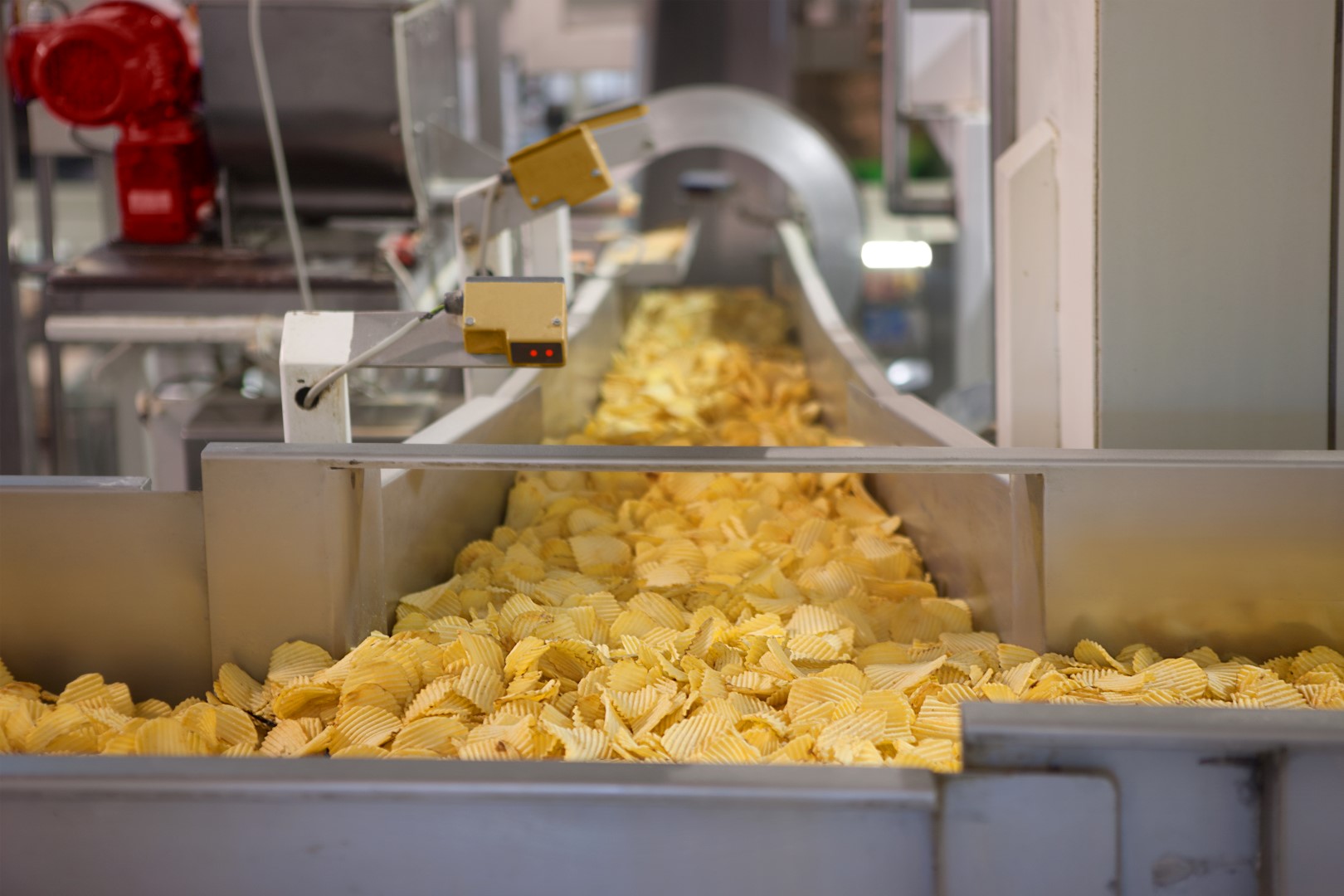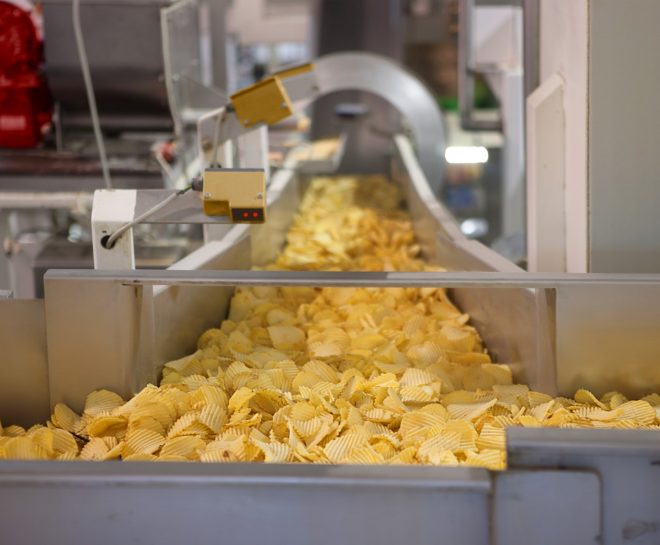There has been a surge in demand for UVC LED based disinfection across a broad range of industries and markets over the past few years. In food disinfection, for example, UVC LEDs are also an ideal solution for products that need additional powdered spices or seasoning and do not undergo further processing. The risk of contamination at this stage represents a significant concern for food manufacturers.
UVC LED lamps limit the need to use dangerous chemicals in surface disinfection and reduces customer exposure to foodborne illnesses. UVC LEDs are also being developed to disinfect surfaces in high-traffic areas like shopping malls, airports and theaters such as escalators and door handles.







